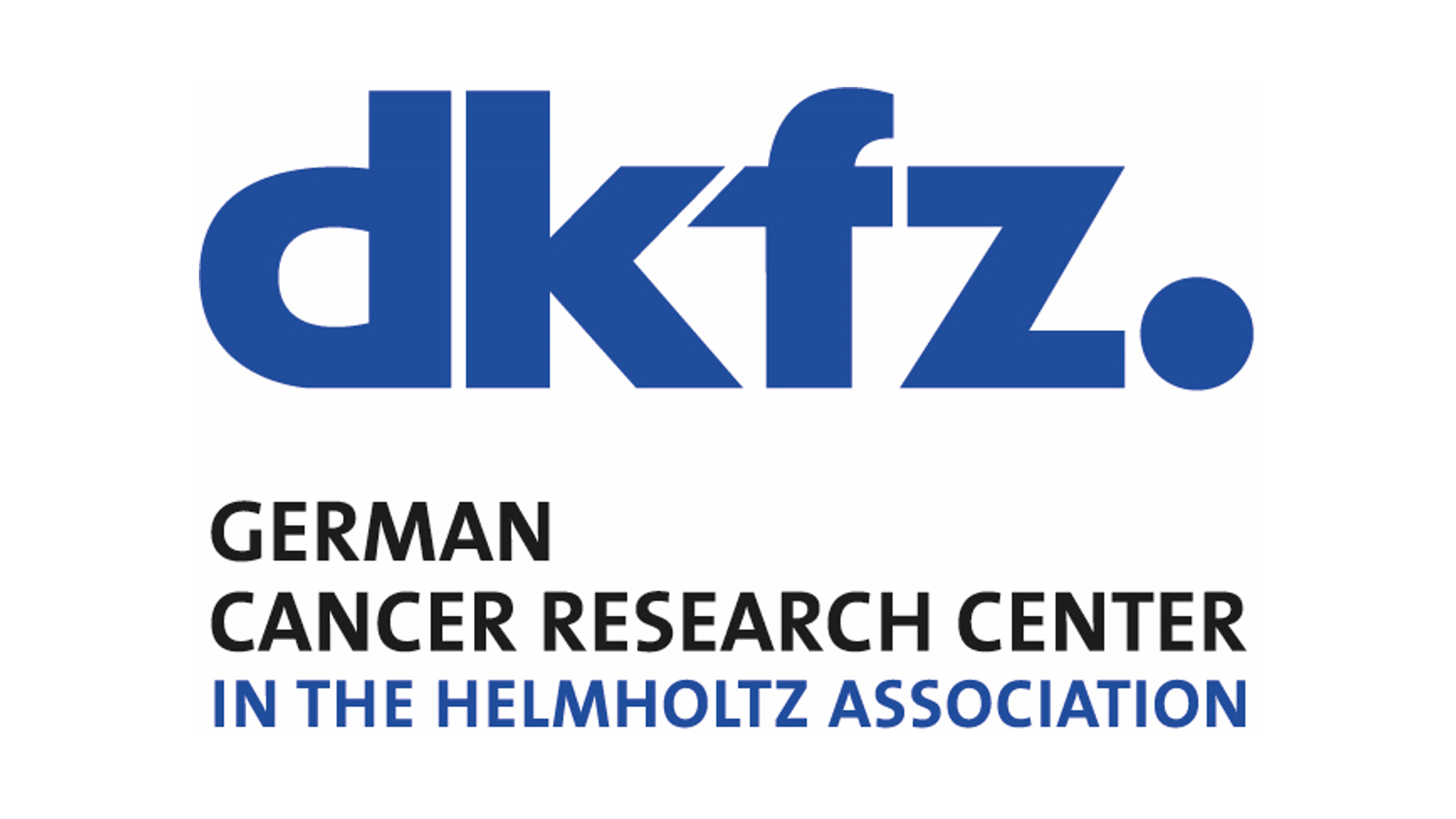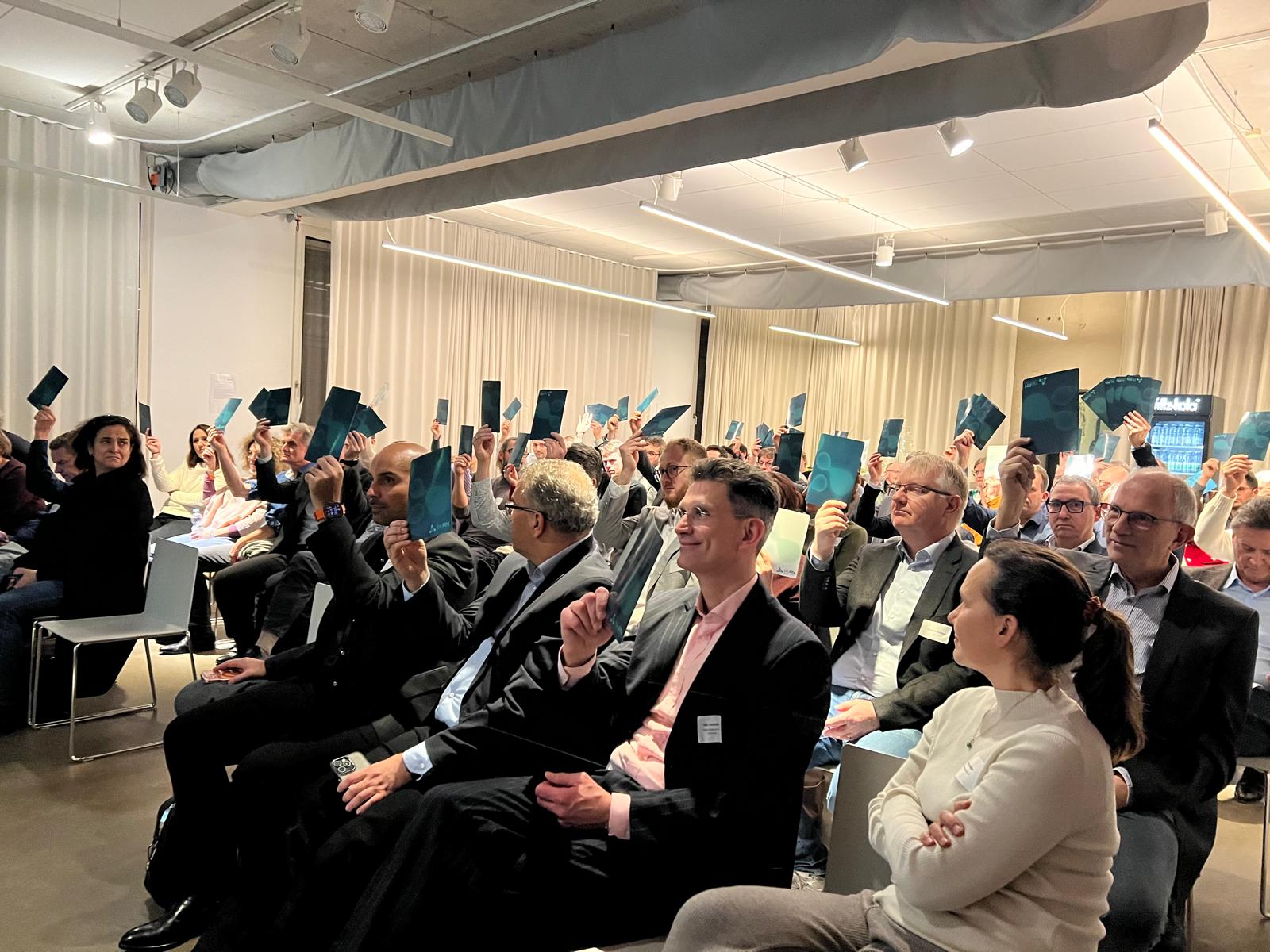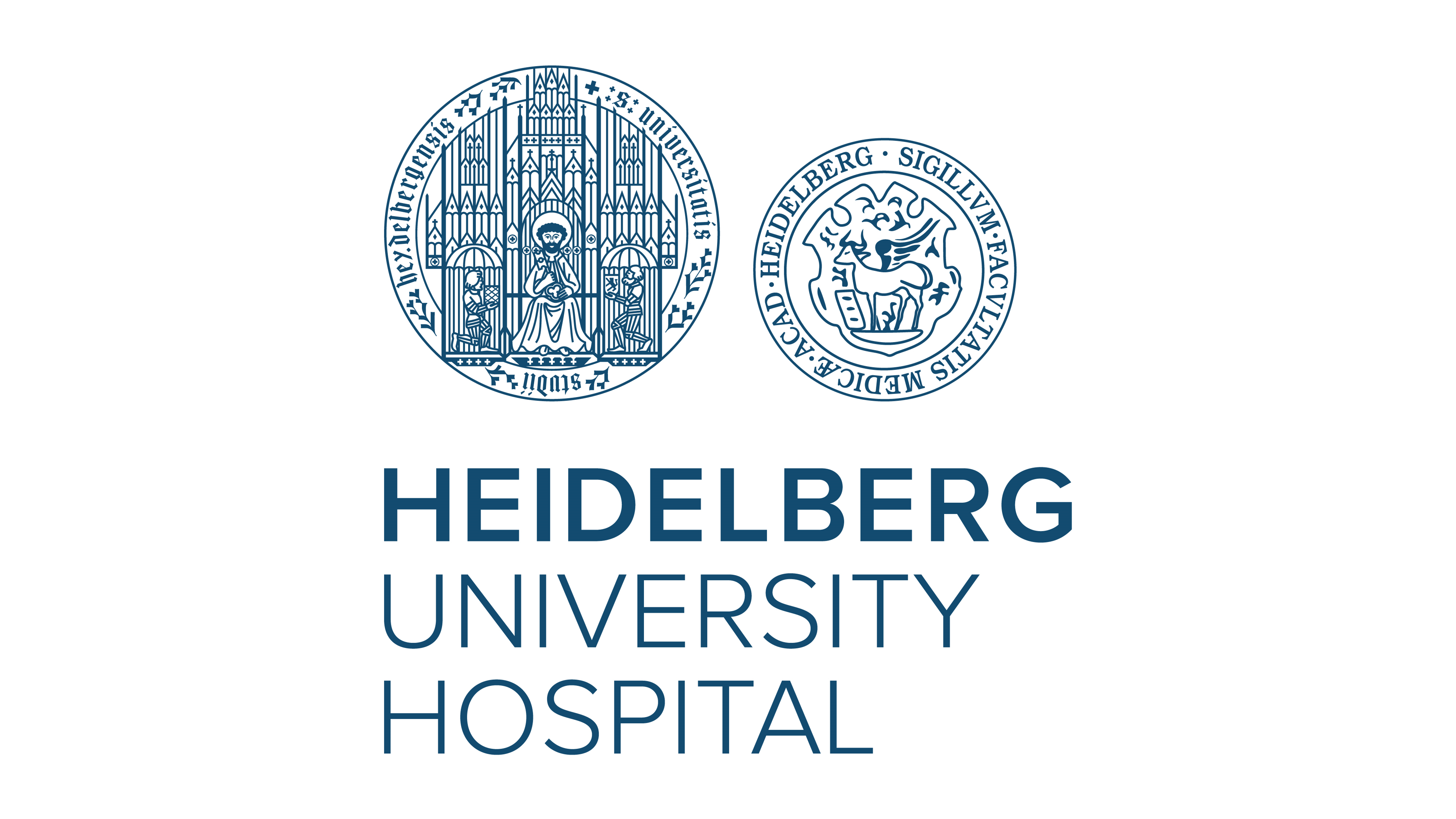Faster sepsis diagnosis through hyperspectral imaging and AI

Sepsis is one of the most dangerous medical emergencies. The condition is the result of a misdirected immune response to an infection, which can quickly lead to organ failure and death. Every hour counts – but early detection is difficult in clinical practice. A new study from Heidelberg now presents an innovative approach: artificial intelligence (AI) and hyperspectral imaging of the skin enable immediate and non-invasive sepsis diagnosis directly at the bedside.
Researchers at the German Cancer Research Center (DKFZ) and the Department of Anesthesiology at Heidelberg University Hospital (UKHD) report in their latest publication on a new approach to detecting sepsis with high accuracy. Sepsis is the third leading cause of death in Germany and one of the most serious complications in oncological surgery. “Our results show that hyperspectral imaging and AI-supported analyses can be used to diagnose sepsis quickly and even without taking a blood sample,” explains Lena Maier-Hein, head of the division at the DKFZ and director at the NCT Heidelberg, who led the study together with two colleagues from the UKHD.
Experts define hyperspectral imaging as a camera technology that captures different areas of the electromagnetic spectrum beyond the visible wavelengths, thereby turning the invisible visible.
Skin as a mirror of microcirculation
“A critical aspect of sepsis treatment is early and accurate diagnosis before persistent organ dysfunction occurs,” explains Markus A. Weigand, Director of the Department of Anesthesiology at the UKHD and Secretary General of the German Sepsis Society, who led the study together with Lena Maier-Hein and with his colleague Maximilian Dietrich. This challenge is compounded by the nonspecific signs and symptoms of sepsis syndrome, as there are currently no reliable biomarkers that clearly indicate sepsis.
“The blood flow in the smallest blood vessels—known as microcirculation—changes at a very early stage of sepsis. At the same time, the inflammatory response in the body causes the walls of the blood vessels to become more permeable, allowing fluid to leak into the surrounding tissue. The technology developed makes these processes visible within a few seconds. Since it works similarly to a photograph, it does not cause any stress for patients,” says Maximilian Dietrich, intensive care physician at the UKHD’s Department of Anesthesiology.
In the study, the researchers used a specially developed AI-based camera system that detects light reflection from the skin on the palms and fingers. The reflected light can be used to assess microcirculation because it is sensitive to changes in the concentration of water, blood, and oxygen. This allows the highly dimensional data, which cannot be interpreted by humans, to be converted into clinically relevant information using neural networks.
Better than established scores and biomarkers
In a prospective study conducted in the interdisciplinary surgical intensive care unit at Heidelberg University Hospital, hyperspectral images of the palms and fingers of over 480 critically ill patients were taken. An AI trained on this data was able to identify sepsis with a high degree of reliability: the predictive accuracy* was 0.80. When easily available clinical data such as vital signs were also included in the analysis, the value rose to 0.94. The 30-day mortality rate was also predicted with a high degree of reliability.
“Compared to traditional clinical assessment tools based on parameters such as mental status, respiratory rate, and blood pressure (e.g., qSOFA) or inflammatory biomarkers such as C-reactive protein and procalcitonin, the new method offers advantages. AI-supported tools can enable fast and reliable sepsis screening, especially in time-critical situations or when there is a high volume of patients,” explains Silvia Seidlitz, scientist at the DKFZ and first author of the publication.
Broad application potential – even outside the intensive care unit
The study is the first to demonstrate that rapid, objective, and non-invasive sepsis detection using AI and hyperspectral skin imaging is possible in everyday clinical practice.
The aim is to provide the technology for routine use – for example, in emergency rooms, or for the early detection of complications after major surgical procedures. The technology used is mobile, resource-efficient, cost-effective, and does not require any invasive measures.
The researchers see great potential for AI applications to reduce the continuing high mortality rate of sepsis, one of the world’s leading causes of death. The results will now be verified in further studies on clinical efficacy, particularly in connection with subsequent treatment decisions and in other patient groups such as children.
The project was largely funded by the ERC Consolidator Grant NEURAL SPICING, the Hidss4Health project, and the Andreas Hoeft Grant from the European Society of Anaesthesiology and Intensive Care (ESAIC).
* Predictive accuracy measured by the area under the receiver operating characteristic curve (AUROC): A value of 0.80 means that the method can identify the image of the septic hand with 80% probability when comparing a septic and a non-septic hand.
Publication:
Silvia Seidlitz, Katharina Hölzl, Ayca von Garrel, Jan Sellner, Stephan Katzenschlager, Tobias Hölle, Dania Fischer, Maik von der Forst, Felix C. F. Schmitt, Alexander Studier-Fischer, Markus A. Weigand, Lena Maier-Hein*, Maximilian Dietrich*: AI-powered skin spectral imaging enables instant sepsis diagnosis and outcome prediction in critically ill patients
*shared last authorship
Science Advances 2025, DOI: https://doi.org/10.1126/sciadv.adw1968




